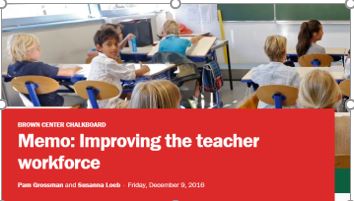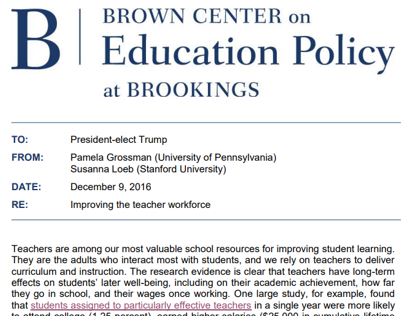As I reviewed the unit 2 research, I knew my topic was about invisible disabilities. There were multiple areas of focus that I began to pursue based on the information I was finding. While I knew all of the research was not going to be applicable to my project, it was interesting, nonetheless. For example, I found that the new frontier of working virtually presented exciting new opportunities for individuals with visible disabilities and their ability to now disguise that disability. As I was deciding what would actually make it into the project, I kept the focus of what would help me personally. If the information was relatable then I felt it was something that should be included in the project. I found quite a few videos that visually demonstrated the effect of invisible disabilities on individuals’ lives. I felt this direct exposure to people and their feelings would be useful. The skills from the course that I applied to this were organizing a lot of material in a limited time. I was taking three courses this summer and juggling those along with working and a vacation was challenging. I had to make the most of the time I had. I had to be organized and structured when it came to planning this research. These insights and skills will be valuable as I go into the workplace.
As far as writing, I learned about seeking multiple sources for projects. I felt I was good at finding peer reviewed sources, but this course had me looking beyond my usual methodology. I found my searches have gained more depth and sophistication. I know that being able to gather information from a wide range of sources may someday benefit me in a future job. This ability would allow me to make decisions quickly and effectively with the appropriate knowledge.
One of the things that I learned about engaging a target audience is translating academic language into everyday speak. Many of the papers that I have written in the past were for an academic audience. I found that this translation helps me discover what I’m truly trying to say. I will say that having my classmates offer their comments on my work was very helpful. I made the comment that I wish they could work with me throughout the next semester, and I meant it! I will say this will definitely be one of the very positive memories that I will take from me in this class.
The value the assignment had for me personally is how to approach invisible disability disclosure literally from a personal level. It was eye opening for me to see how various stakeholders responded to disclosure/nondisclosure. From another lens this course made me rework assignments. Previously, I approached assignments with an attitude of, here’s my hypothesis or title statement. I didn’t change my direction dramatically once I set it. This course has shown me a new way to work through a hypothesis evolution. At times I was frustrated because it seemed like I was done with research, but I was pushed to go beyond surface levels. I also have a better methodology as far as organizing research which I take with me throughout my collegiate and work life.


